Beethoven and the Dutch school
Ludwig van Beethoven / Hans van Manen, Ted Brandsen, Toer van Schayk
Ballet triple bill
Premiere: 18 May 2023
GROSSE FUGE
Choreography: Hans van Manen
Music: Ludwig van Beethoven (Grosse Fuge in B-flat major Op. 133 and Cavatina from String Quartet in B-flat major Op. 130)
World premiere: 8 April 1971, Nederlands Dans Theater, Scheveningen
EROICA VARIATIONS
Choreography: Ted Brandsen
Music: Ludwig van Beethoven (15 Piano Variations and Fugue in E flat, Op.35, "The Eroica Variations")
World premiere: 18 May 2023, Polish National Ballet, Warsaw
SYMPHONY NO. 7
Choreography: Toer van Schayk
Music: Ludwig van Beethoven (Symphony No. 7 in A major Op. 92)
World premiere: 15 March 1986, Dutch National Ballet, Scheveningen
The Dutch, or more precisely the Netherlandish, School was a style in 15th and 16th century painting represented by the van Eyck brothers, Rogier van der Weyden and Dieric Bouts, artists mainly based in Flandres. The term is also used to refer to a few generations of composers who perfected polyphonic vocal music composition (the Franco-Flemish polyphony) as well as a group of 20th-century choreographers primarily associated with the Dutch National Ballet in Amsterdam, the influential artistic centre established in 1961 by the mother of contemporary Dutch ballet, Sonia Gaskell.
In paining, the Netherlandish School is generally associated with masterfully executed still lifes, landscapes, and portraits showcasing with the poetry of simple everyday activities and characterised by ascetic form and subject-matter underneath which lies a mystery, although this is more applicable to Dutch painting of the 17th century and its finest representative, the master of light and shadow, Rembrandt. This kind of simplicity and asceticism in costumes and staging and ambition to explore the essence of the universe also distinguishes the work of the choreographers of the Dutch National Ballet. They are, first and foremost, such brilliant Dutch artists as Rudi van Dantzig, Hans van Manen, Toer van Schayk, and Ted Brandsen, the current head of the company, as well as British choreographer David Dawson and Poland's Krzysztof Pastor, director of the Polish National Ballet.
Ludwig van Beethoven was also Flemish by origin and used a Netherlandish last name. Although he was born in Bonn to a German mother, he was also a grandson of an immigrant from a town near Antwerp (Austrian Netherlands), employed in Germany as the Kapellmeister of the orchestra of the Elector of Cologne. Regardless of his origin, Beethoven's music resonates with artists the world over. It also fascinates the leading figures of the Dutch school of choreography, which is clearly evidenced by this triple bill made up of pieces that were inspired by and are danced to his music.
The programme opens with Grosse Fuge, one of the most famous choreographies by Hans van Manen, some of whose works (Adagio Hammerklavier, Twilight, Bits and Pieces) were danced by the Warsaw ballet company already in the 1980s. Grosse Fuge is a piece created in 1971 for the Nederlands Dans Theater to Beethoven’s Grosse Fuge Op. 133 and Cavatina from his B-flat major Quartet Op. 130. The main focus of the piece is on the bodies of dancers, both the male and female leads and the whole dancing group, as they are set in motion and sculptured by the music, material because of their corporeality and the male vs. female juxtaposition, while at the same time floating in the abstract, pristine performing space. Ted Brandsen will create a new choreography for the Polish National Ballet to a Beethoven piano piece of his choice, inspired by the artistic personalities of the company’s dancers. Based on their talents, he will devise a new ballet specifically for the Warsaw stage. The programme will end with another work by a representative of the Dutch school, a choreographer who doubles as a set designer, Toer van Schayk, and is well known to the Warsaw audience as the co-creator of The Nutcracker and the Mouse King which he choreographed with Wayne Eagling to Pyotr Tchaikovsky’s music. In 1986 van Schayk set for the Dutch National Ballet one of the greatest symphonic masterpieces of all time, Beethoven's Dionysian Symphony No. 7 in A major Op. 92, fittingly dubbed ‘the apotheosis of the dance’ by Richard Wagner. Van Schayk’s ballet continues to fascinate with its original visual setting and beautifully composed movement sequences that tone in perfectly with the score against the crystal clear background of the preforming space.
Cast
Credits
Polish National Ballet
Orchestra of the Polish National Opera
Sponsors
-
Partnerzy Akademii Operowej
-
Partnerzy Teatru Wielkiego - Opery Narodowej
-
Partner Polskiego Baletu Narodowego
-
Partner technologiczny
-
Patroni medialni
-
Partner premiery





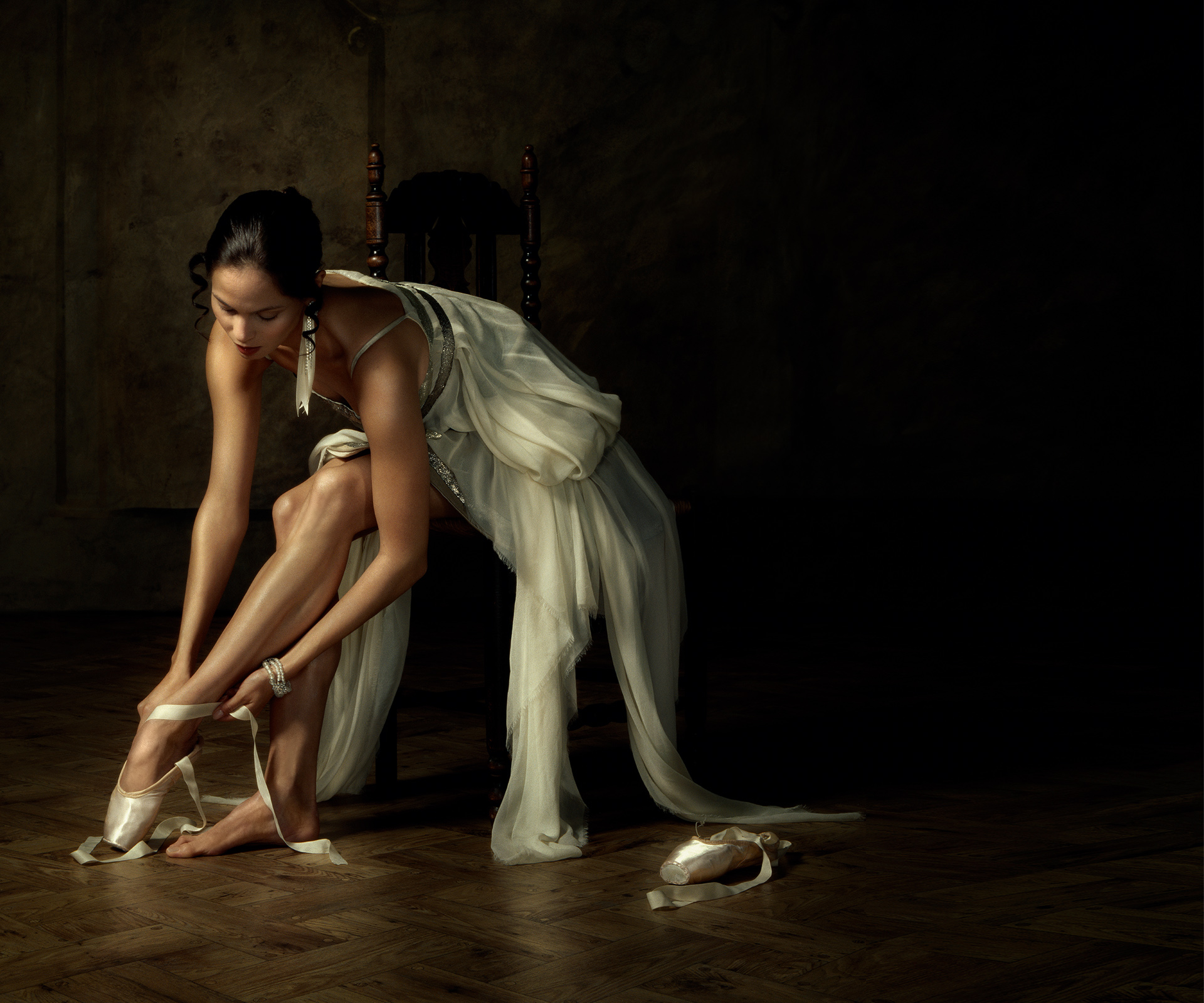
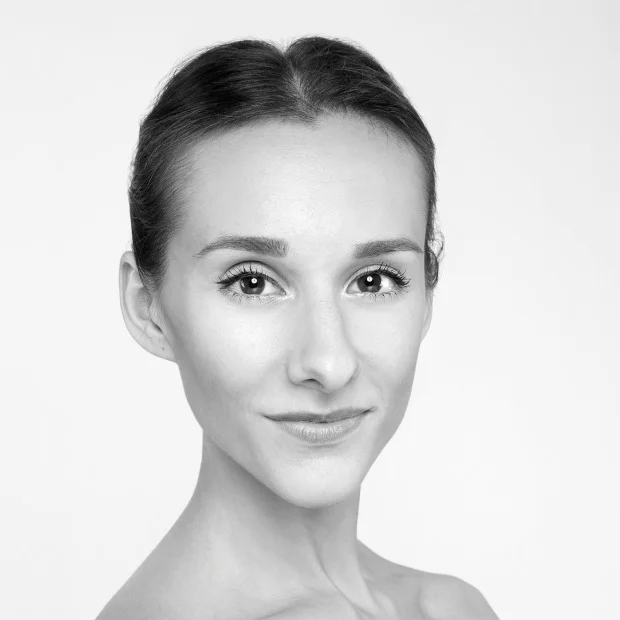 Natalia Pasiut
Natalia Pasiut  Yuka Ebihara
Yuka Ebihara ![[Translate to English:]](/fileadmin/import/media/img/ludzie/tancerze/medium/JAEEUN_JUNG_2024_-_kwadrat.jpg) Jaeeun Jung
Jaeeun Jung ![[Translate to English:]](/fileadmin/_processed_/7/b/csm_Daria_Majewska_IMG_96401_-2025_7b9d7276a4.jpg) Daria Majewska
Daria Majewska 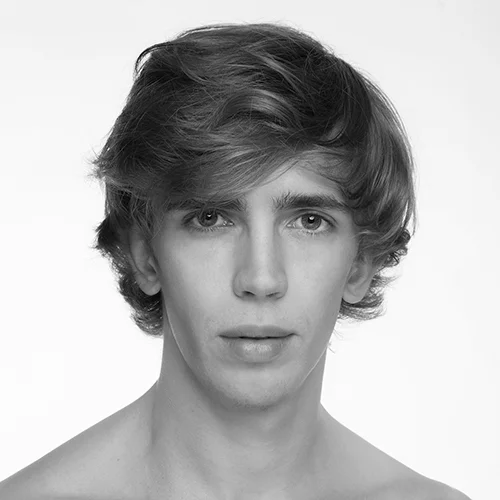 Patryk Walczak
Patryk Walczak ![[Translate to English:] Dawid Trzensimiech](/fileadmin/_processed_/a/8/csm_Dawid_Trzensimiech_www_mini__fot._Ewa_Krasucka_2888-BW_7b1c0dc642.jpg) Dawid Trzensimiech
Dawid Trzensimiech  Tomasz Fabiański
Tomasz Fabiański ![[Translate to English:]](/fileadmin/import/media/img/ludzie/tancerze/medium/Vladimir_Yaroshenko_2024_-_kwadrat.jpg) Vladimir Yaroshenko
Vladimir Yaroshenko  Mai Kageyama
Mai Kageyama ![[Translate to English:]](/fileadmin/import/media/img/ludzie/tancerze/ryota_kitai_2024_-_kwadrat2.jpg) Ryota Kitai
Ryota Kitai 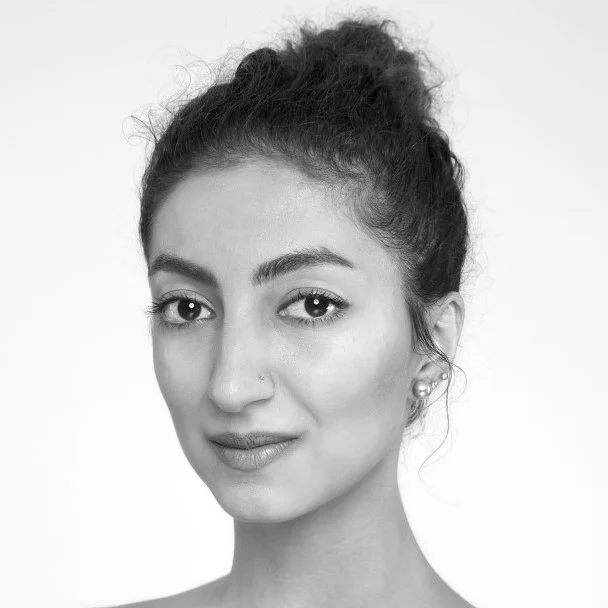 Chinara Alizade
Chinara Alizade  Aoi Choji
Aoi Choji 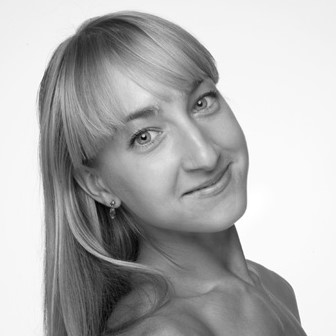 Palina Rusetskaya
Palina Rusetskaya ![[Translate to English:]](/fileadmin/_processed_/0/d/csm_YANA_SHTANGEI_2025_2_586ab0cef6.jpg) Yana Shtanhei
Yana Shtanhei  Manon Kolanowski
Manon Kolanowski 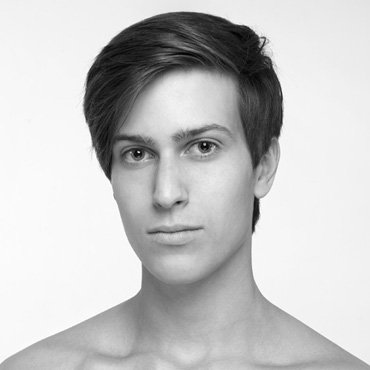 Kristóf Szabó
Kristóf Szabó ![[Translate to English:]](/fileadmin/_processed_/f/a/csm_marko_juusela_2024_-_kwadrat_0f90d30f2e.jpg) Marko Juusela
Marko Juusela  Marco Esposito
Marco Esposito ![[Translate to English:]](/fileadmin/import/media/img/ludzie/tancerze/LAURENCE_ELLIOTT_2024_-_kwadrat_2.jpg) Laurence Elliott
Laurence Elliott 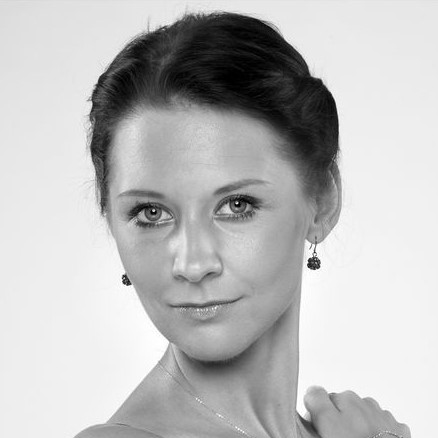 Aneta Zbrzeźniak
Aneta Zbrzeźniak  Mar Bonet Sans
Mar Bonet Sans 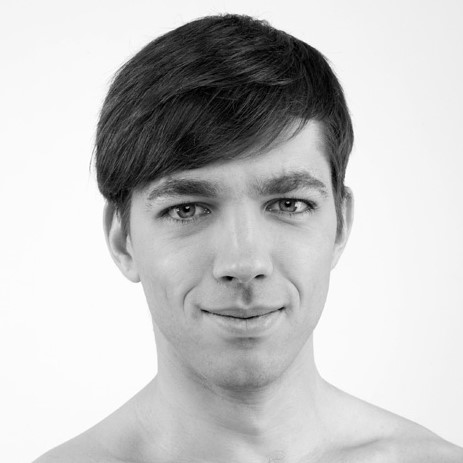 Paweł Koncewoj
Paweł Koncewoj  Hans van Manen
Hans van Manen  Ted Brandsen
Ted Brandsen ![[Translate to English:]](/fileadmin/_processed_/5/6/csm_van_schayk_toer_EK_370_370_czb_2aa3f8723d.jpg) Toer van Schayk
Toer van Schayk  Alexei Baklan
Alexei Baklan  Rachel Beaujean
Rachel Beaujean  Jozef Varga
Jozef Varga  Jean-Paul Vroom
Jean-Paul Vroom  Joop Caboort
Joop Caboort  Jan Hofstra
Jan Hofstra  Caroline Iura
Caroline Iura  Sandrine Leroy
Sandrine Leroy  Simonetta Lysy
Simonetta Lysy  François-Noël Cherpin
François-Noël Cherpin  Wijnand van der Horst
Wijnand van der Horst  Piotr Sałajczyk
Piotr Sałajczyk 





